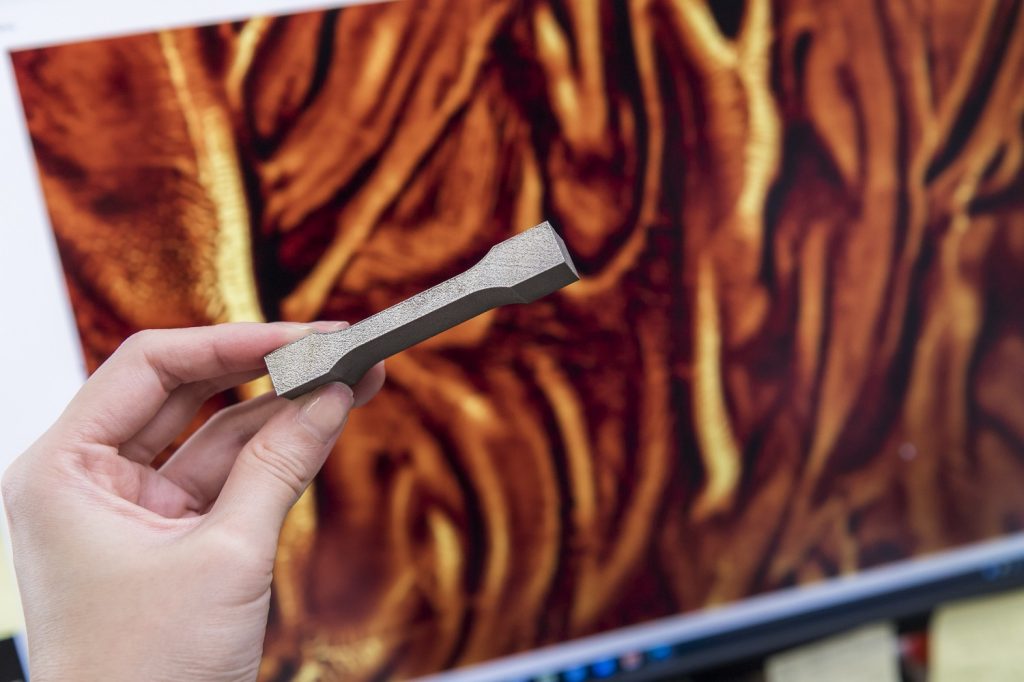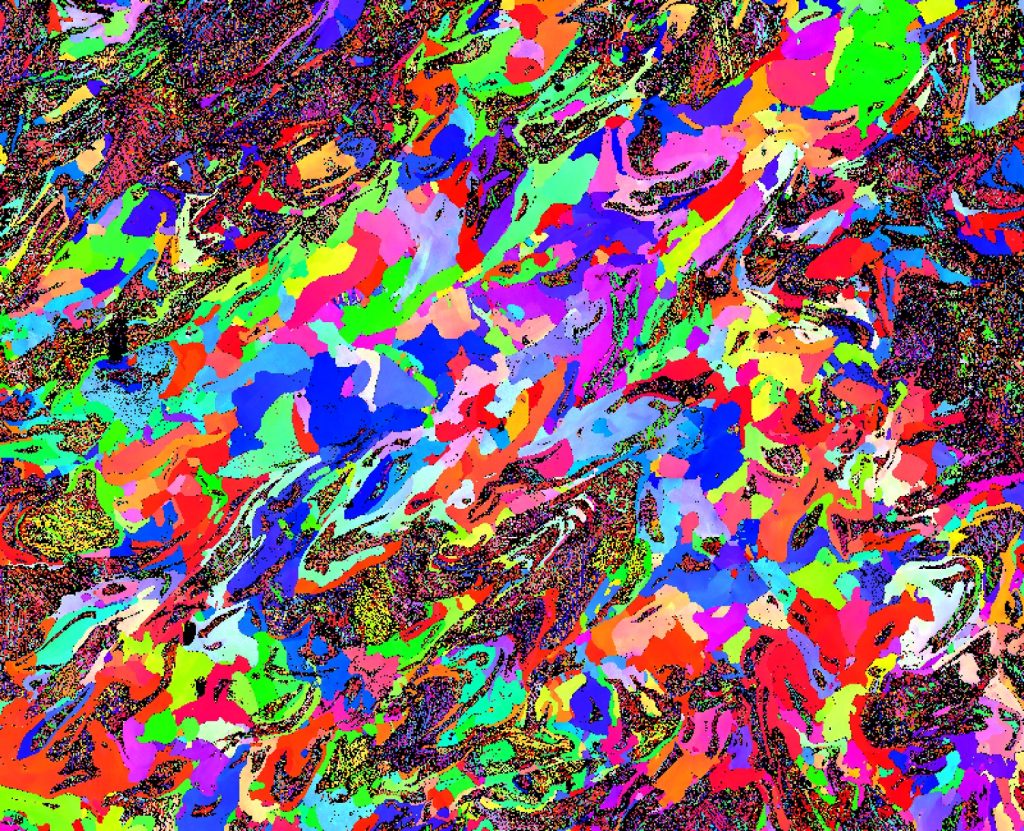A team of researchers led by the City University of Hong Kong has used additive manufacturing to design a new titanium-based alloy: one that’s ‘super-strong, highly ductile, and super-light’.
When we think of 3D printing, we tend to think of its ability to produce complex geometries, but the Hong Kong team has turned this on its head, repurposing the technology for materials development applications instead.
Dr Zhang Tianlong, first author of the study, maintains that we should begin considering additive as a multi-functional tool: “We unveiled that it has important potential in designing materials, rather than simply designing geometries.”
The scientists believe their work could pave the way for a new materials development paradigm, whereby 3D printing technology is used to create alloys with structures and properties suitable for industrial applications.

3D printing for materials development
A lack of uniformity in metal alloy parts is usually an undesirable characteristic, as it can lead to properties such as brittleness. This is still one of the issues we’re trying to overcome in additive manufacturing, as high-temperature processes like powder bed fusion often result in rapid part cooling, which itself can lead to inhomogeneity in metal 3D printed components.
However, according to Dr Zhang’s previous modeling and simulation studies, a certain degree of inhomogeneity may actually be beneficial to an alloy part’s properties, as it can produce unique and heterogeneous microstructures. As such, the present study actually leverages what most consider to be a shortcoming of 3D printing – when life gives you lemons, right?
“The unique features of additive manufacturing provide us with a greater freedom in designing microstructures,” Zhang explains. “Specifically, we have developed a partial homogenization method to produce alloys with micrometer-scale concentration gradients with the aid of 3D printing, which is unachievable by any conventional methods of material manufacturing.”
The Hong Kong team’s method involves melting two dissimilar alloys together using the focused laser beam of a powder bed fusion 3D printer. In this case, Ti64 was melted and mixed with 316L stainless steel. By carefully controlling certain printing parameters such as laser power and scanning speed, the scientists found that they could create a non-uniform composition in a controllable manner – a new alloy.
“In addition to the use of additive manufacturing, the composition of the two powder mixture is another key to creating the unprecedented lava-like microstructures with a high metastability in the new alloy,” said Professor Liu Chain-Tsuan, lead author of the study. “These unique microstructures give rise to the supreme mechanical properties, allowing the alloy to be very strong but ductile, and lightweight.”

Strong, ductile, and 40% lighter
While the density of stainless steel is around 7.9g/cm³, the newly developed alloy came in at only 4.5g/cm³, meaning the team achieved a weight reduction of 40%. This isn’t to say the alloy lost its strength, however, as the experiment determined it to have a high tensile strength of 1.3 GPa and a uniform elongation of about 9%. The alloy also featured an excellent work-hardening capacity of over 300 MPa, ensuring a large safety margin before fracturing.
According to Liu, the impressive set of properties would qualify the material for a wide variety of structural applications in sectors such as aerospace, automotive, and energy. As far as future work goes, the team intends to apply the method to different alloy systems in a bid to explore the development of new unique alloy combinations.
Further details of the study can be found in the paper titled ‘In situ design of advanced titanium alloy with concentration modulations by additive manufacturing’.

When it comes to industrial parts, the material used is often just as important as the manufacturing method, calling for extensive research in the field of materials development. Engineers at the Massachusetts Institute of Technology (MIT) recently developed a machine learning algorithm capable of expediting the process of identifying 3D printable materials. The team’s optimization algorithm works by automatically identifying viable printing materials with desirable properties.
Similarly, researchers from Lehigh University, Pennsylvania, recently developed a novel machine learning-based approach to classifying groups of materials together based on structural similarities. The technique is being used to find previously unseen links between newly-developed materials and even correlate factors such as structure and properties, potentially giving rise to a new method of computational material development.
Subscribe to the 3D Printing Industry newsletter for the latest news in additive manufacturing. You can also stay connected by following us on Twitter, liking us on Facebook, and tuning into the 3D Printing Industry YouTube Channel.
Looking for a career in additive manufacturing? Visit 3D Printing Jobs for a selection of roles in the industry.
Featured image shows a part 3D printed with the new titanium alloy. Photo via City University of Hong Kong.


